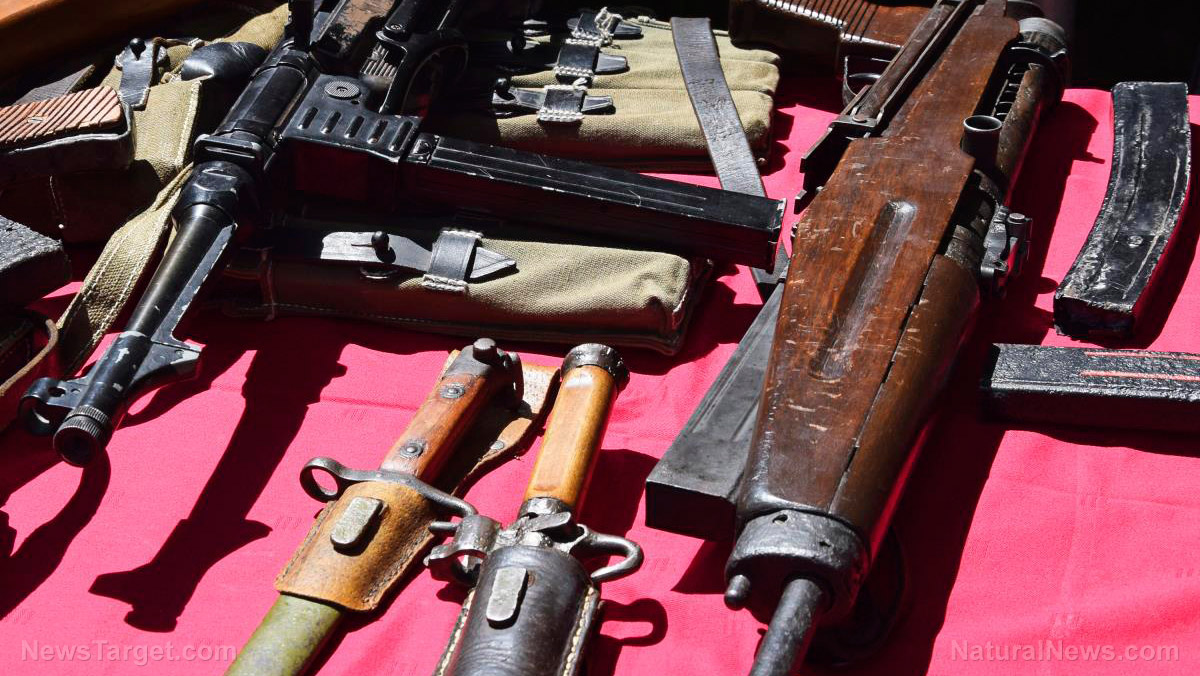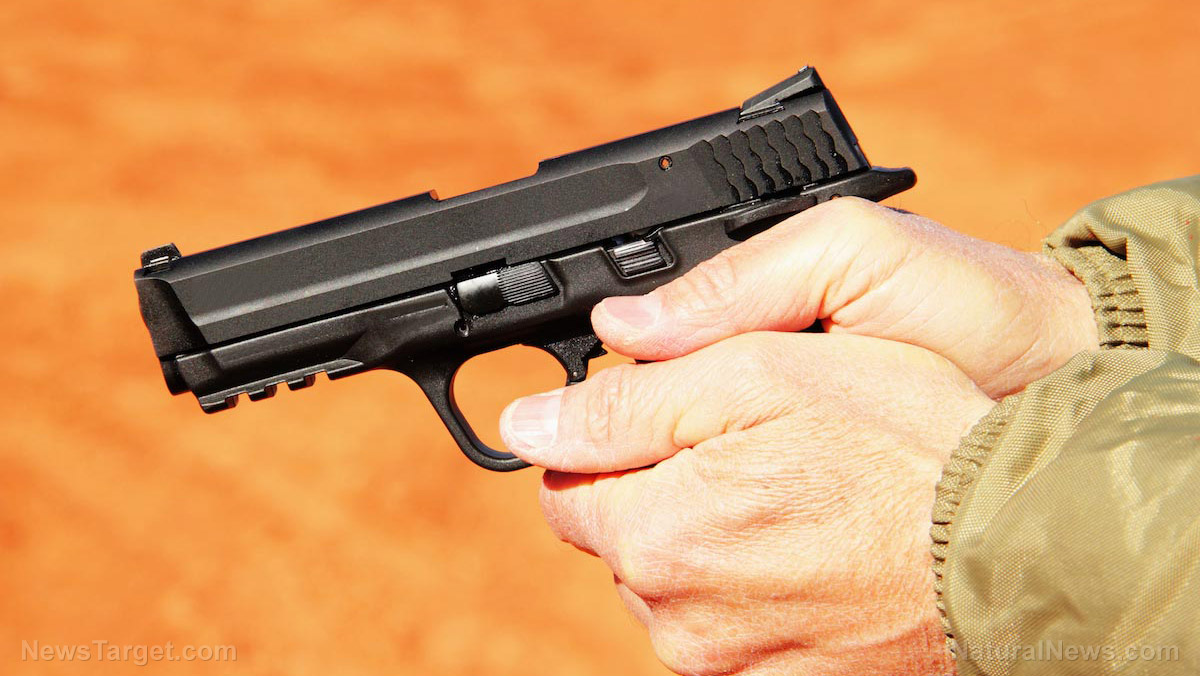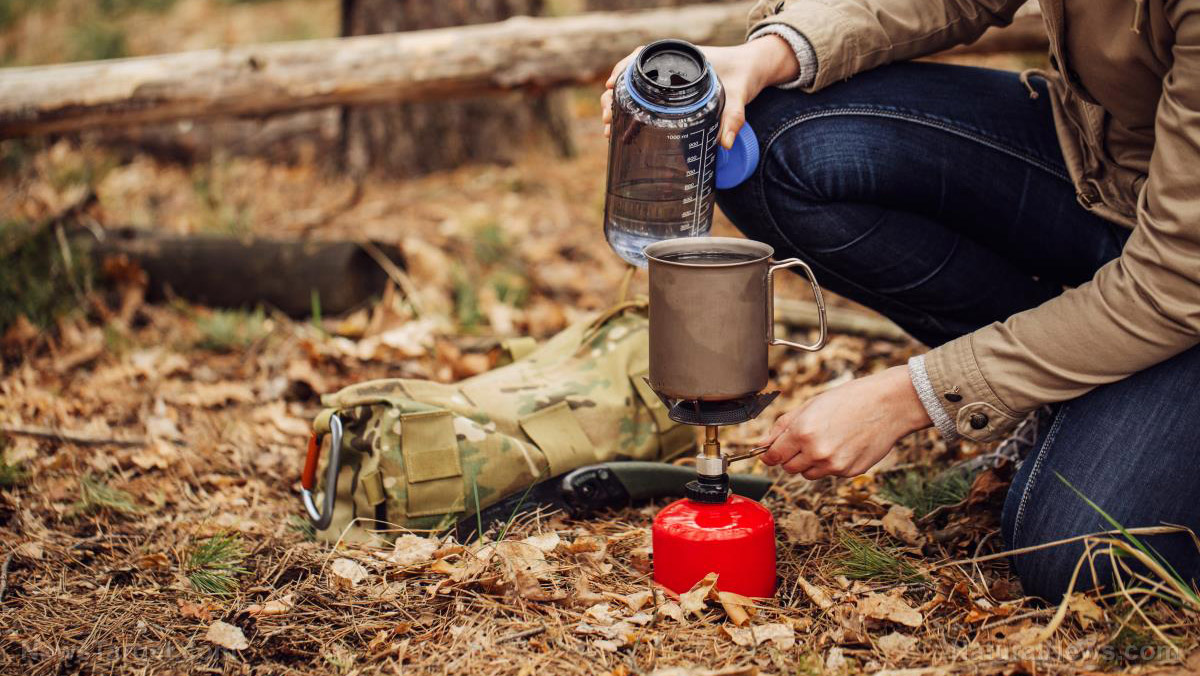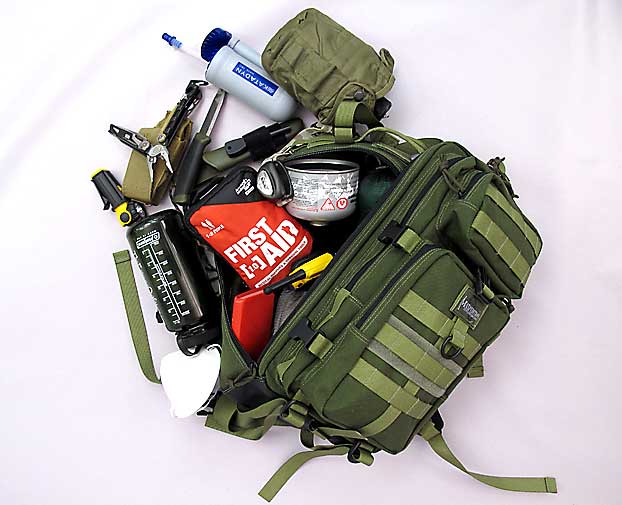A guide to cleaning, lubricating, and maintaining a gun
03/18/2019 / By Rhonda Johansson
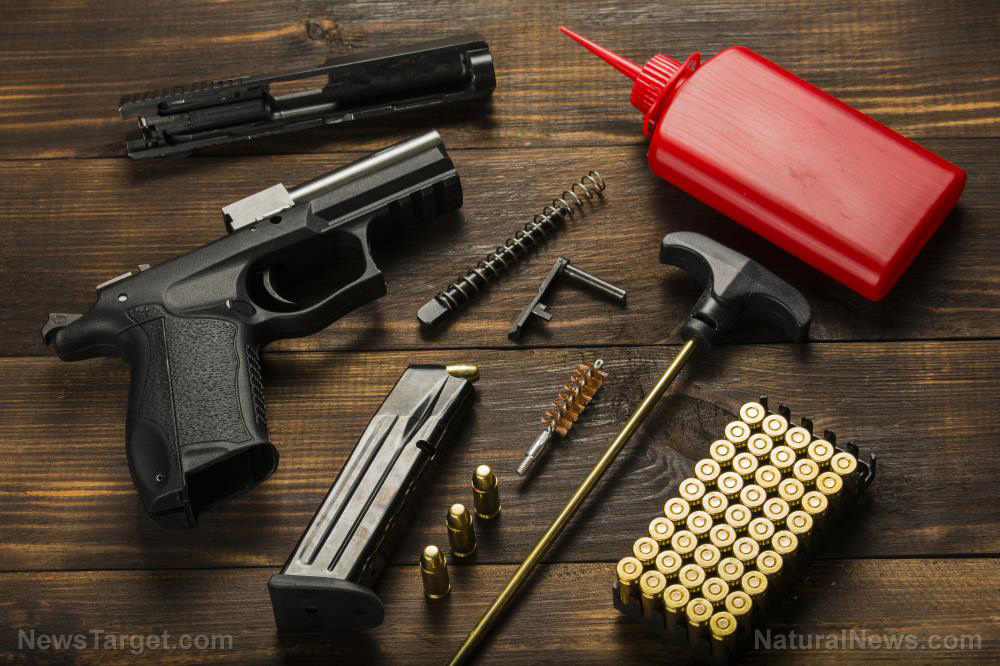
A clean gun is a good gun. Practicing good gun habits is what separates seasoned preppers from run-of-the-mill gun hobbyists. These habits cover knowing how to clean, lubricate, and maintain your gun. Now, every gun owner will have his or her own opinion about how to do it, when to do it, and what to use. This article attempts to simplify these suggestions into one guide and will only cover the basics. Take note that these suggestions are NOT meant for a competitive shooter using match-grade weapons.
Cleaning and lubing
Make sure that you choose an appropriate work space. Your work table should be sturdy. Try to avoid tables with wheels or casters. Remove all ammunition. Accidental discharges of a gun during cleaning can maim or even kill a person. ALWAYS treat every gun as if it were loaded. Do not attempt to clean a gun unless you are 100 percent sure the gun is not loaded.
There are two levels of gun cleaning: field stripping and complete disassembly. For most of us, field stripping is all we need. Your gun should have come with a manual from the manufacturer. It should explain how to take your gun apart and clean it. If you’ve lost yours, there are many resources you can use. The NRA, for example, has a complete guide to firearms assembly.
In terms of cleaning tools, these can vary depending on your gun and your preferences. In general though, you would need something to scrub with, something to wipe with, and something to push and pull your scrubbers through the bore of the barrel. In a survival situation, you can make your own bore-cleaning device using a fishing weight tied to a bit of parachute cord, which is then tied to a rag large enough that it must be pulled with some force. (Related: REAL.video launches self-defense how-to gun training series featuring former Navy SEAL and U.S. Marine combat instructor.)
Use an old cookie tin or coffee can to hold loose parts. This keeps all the small parts in one place so you won’t lose them. You might want two: one for parts waiting to be cleaned; and one for those that have been already cleaned.
Once you have your gun disassembled, start with the bore. A good tip is to use a bore guide (a sleeve that protects the muzzle) so that you don’t accidentally hit the muzzle opening. Remember that the rifling at the muzzle is critical to accuracy; hitting the muzzle one too many times can widen the muzzle opening or leave it misshapen. This is why it is usually recommended to clean from breech to muzzle whenever possible.
Once you are satisfied that you’ve cleaned the bore, you can leave it to dry if you are planning on shooting on the same day. If you are going to store the gun overnight or for a longer period of time, you would need to protect the bore from rust. In general, you can run a patch of cloth soaked with oil down the bore. Be careful with this, though. Oil in the bore can create excessive pressure; so make sure to swab out the oil before you shoot again.
In a SHTF situation, your gun can survive with no more than soap, water, and grease. Use a bar of soap, hot water, and toothbrush to remove crud from your gun. You can then use a few drops of grease or a few drops of oil off the dipstick of your car engine to lubricate and protect your gun.
Once you are happy with your work, reassemble your gun right away. There is a higher risk of parts being lost or broken the longer a gun is disassembled.
After you have reassembled your gun, make sure that all the parts work correctly.
Most gun experts agree that you should oil down the exterior metal surface of the gun, because sweat and body oil can activate rust. However, the coating should be very light as to not damage the gun.
Read more how-to gun guides at Guns.news.
Sources include:
Tagged Under: bug out, firearms, firearms safety, Gear, gun maintenance, guns, how to, off grid, preparedness, prepper, prepping, survival, survival gear


